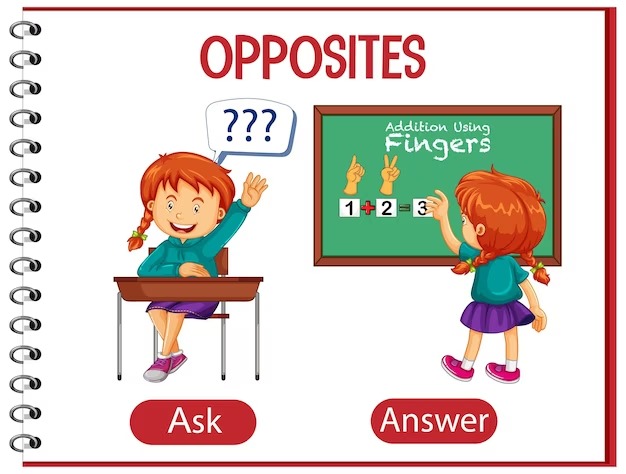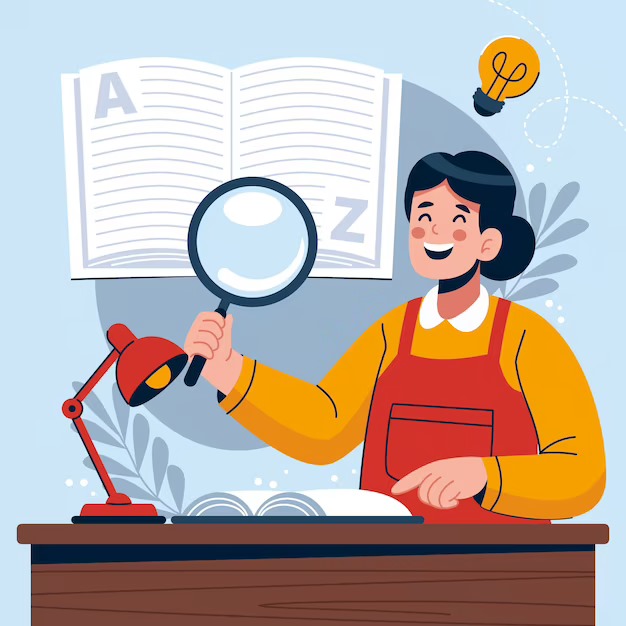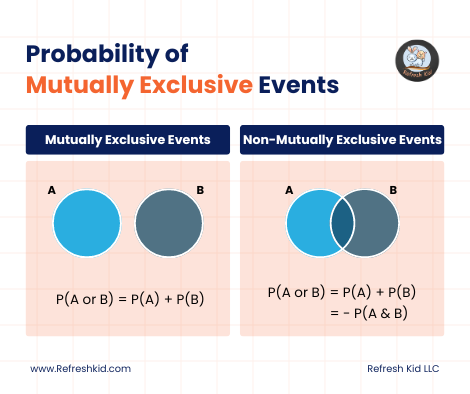Phonics is the method of teaching reading and writing by correlating sounds with letters or groups of letters. It's a bridge between spoken language and written text, allowing learners to decode words and grasp their meanings accurately. The Phonics Rule is grounded in the principle that understanding the relationship between sounds and letters empowers learners to read and write fluently. By following this rule, learners can decipher unfamiliar words, enhance vocabulary, and build a strong foundation for effective communication.
The Key Elements of Phonics Rule: Unlocking Reading and Writing Proficiency
Mastering the Phonics Rule involves understanding its essential elements and techniques. Let's explore some key aspects that contribute to reading and writing proficiency:
Recognizing Letter Sounds
One of the foundational steps in phonics is recognizing the sounds associated with individual letters or groups of letters. For instance, understanding that the letter "C" can sound like "k" in cat and "s" in circle is crucial. This knowledge enables learners to accurately pronounce words and decipher their meanings.
Blending Sounds
The art of blending involves smoothly merging individual letter sounds to form a coherent word. For example, blending "c-a-t" creates the word "cat." Practicing sound blending enhances reading fluency and helps learners tackle more complex words.
Segmenting Words
Segmentation entails breaking down words into their constituent sounds. For instance, segmenting "fish" into "f-i-sh" aids in understanding how sounds correspond to letters. This skill is indispensable for effective spelling and writing.
Understanding Phonemic Patterns
Identifying recurring phonemic patterns, such as rhyming words and common word families, strengthens reading and writing skills. Recognizing that words like "cat," "hat," and "mat" share a similar sound pattern enables learners to decode new words more easily.
Syllable Recognition
Dividing words into syllables helps learners grasp their structural components and pronounce them accurately. Understanding syllable patterns enhances both reading comprehension and spelling accuracy.
The Benefits of Mastering Phonics Rule: Empowering Readers and Writers
Acquiring proficiency in the Phonics Rule offers a plethora of benefits that extend beyond the realms of reading and writing. Some notable advantages include:
-
Enhanced Vocabulary: Phonics allows learners to decode unfamiliar words, expanding their vocabulary and improving language comprehension.
-
Confident Spelling: Mastering phonics aids in spelling accuracy, as learners can apply sound-letter correlations to spell words correctly.
-
Improved Pronunciation: By understanding letter sounds, learners can pronounce words accurately, boosting their oral communication skills.
-
Independent Reading: Phonics equips learners with the tools to read independently, fostering a love for reading from an early age.
-
Stronger Writing Skills: The ability to segment words and understand phonemic patterns enhances writing fluency and creativity.

FAQs about Phonics Rule: Unveil the Secrets of Reading and Writing
How does phonics benefit early learners?
Phonics provides early learners with the foundational skills needed for reading and writing. It helps them decode words, recognize patterns, and become confident readers and writers.
Is phonics suitable for all ages?
Yes, phonics is beneficial for learners of all ages. It serves as a crucial skill for beginners and a reinforcement tool for those looking to enhance their language skills.
Can phonics be self-taught?
While self-learning is possible, structured phonics instruction under the guidance of educators or educational resources is recommended for comprehensive understanding and application.
Are there different phonics approaches?
Yes, there are various phonics approaches, including synthetic phonics (learning individual sounds and blending them) and analytic phonics (identifying whole words and their sounds).
How can parents support phonics learning at home?
Parents can engage in phonics-based activities, provide phonics-rich reading materials, and encourage their children to practice sound-letter associations in everyday situations.
What role does phonics play in language acquisition?
Phonics bridges the gap between spoken and written language, enabling learners to decipher words, improve pronunciation, and enhance overall language skills.
Conclusion: Embark on Your Phonics Journey








